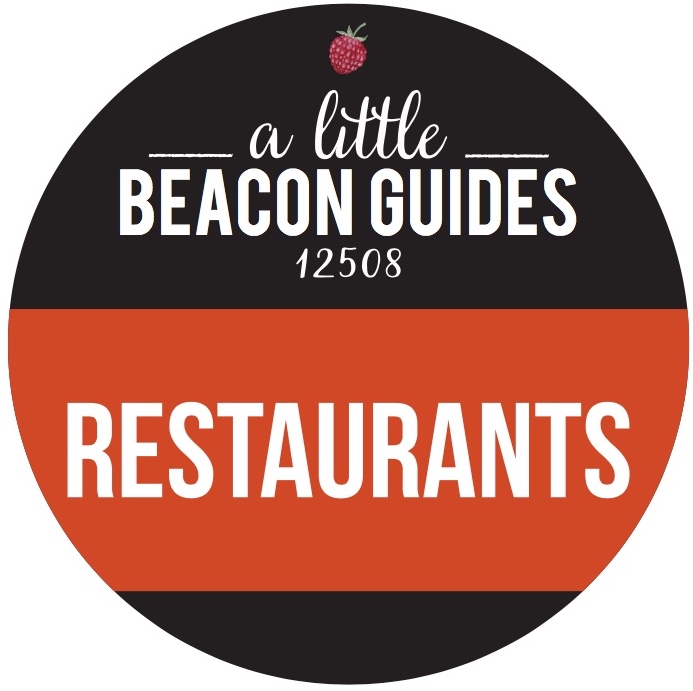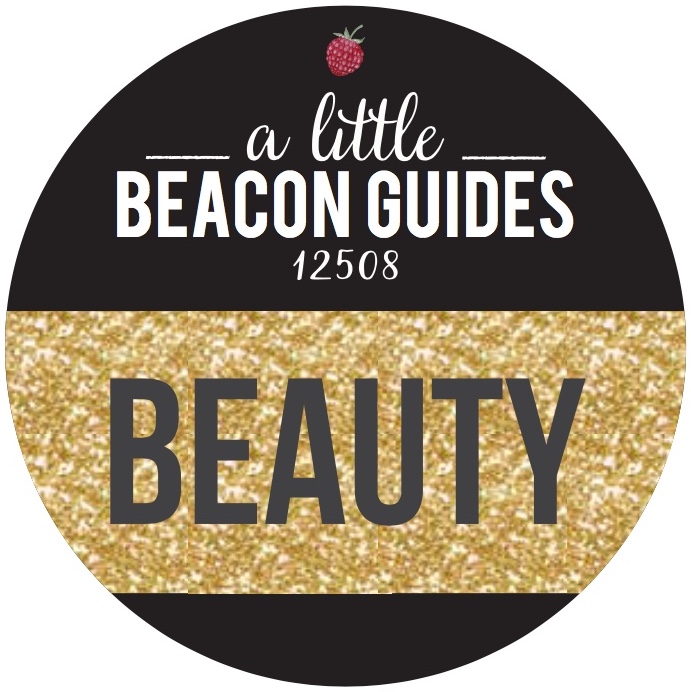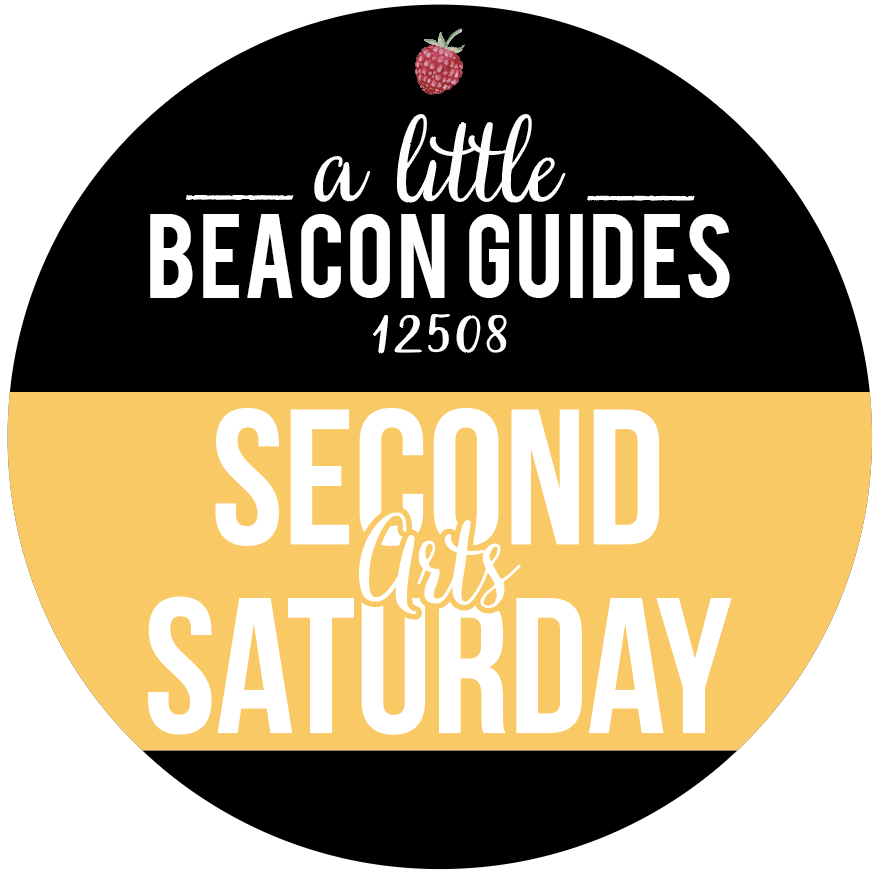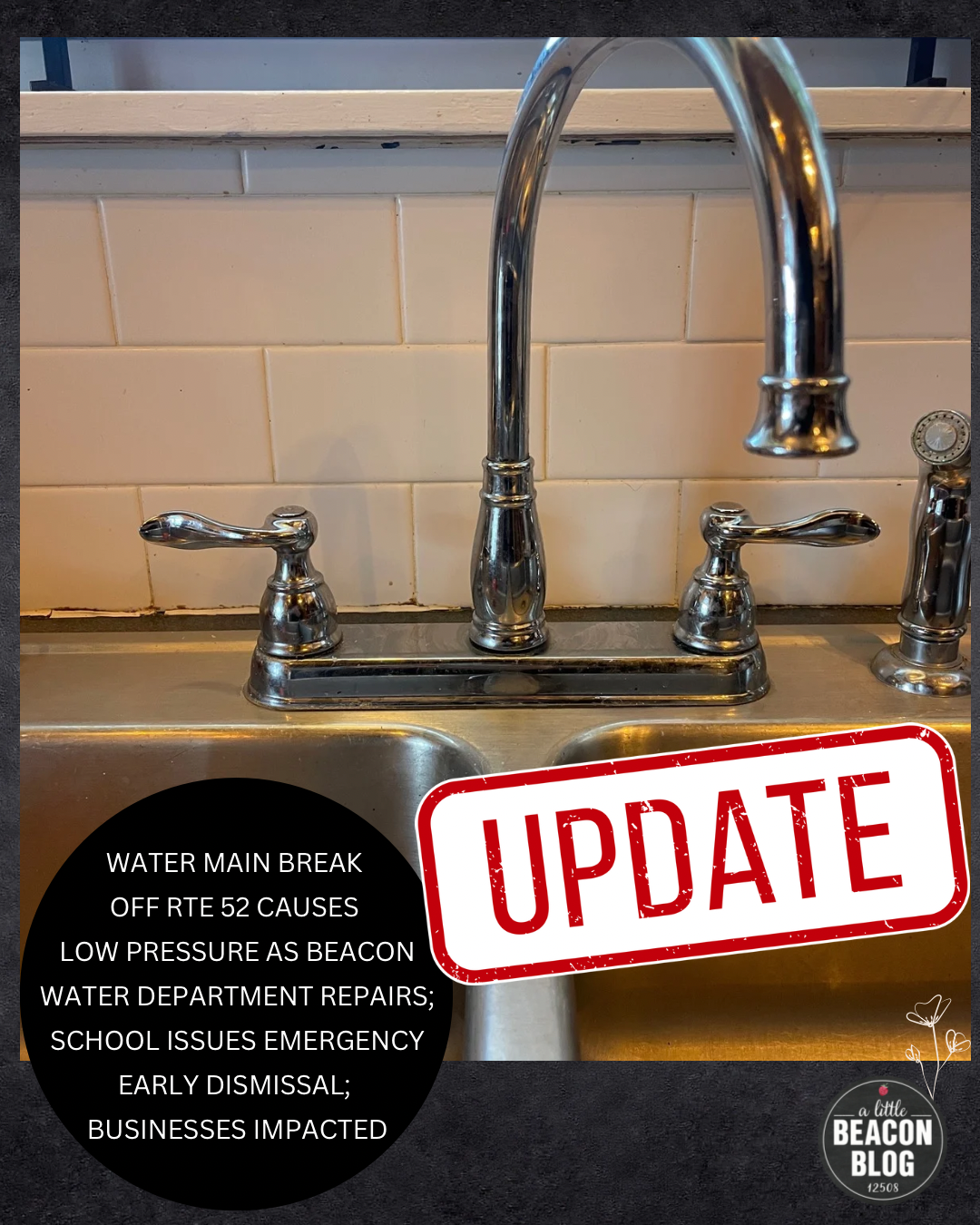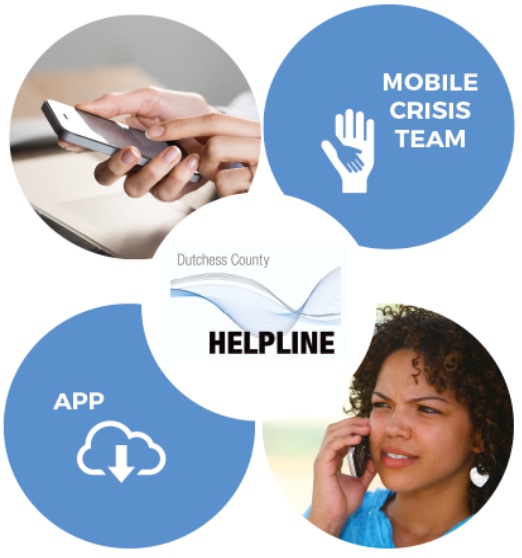CDC Issues Mask, Re-Opening, and Safety Guidance For Kids In School For 2021/2022 School Year
/The CDC has released their guidance on re-opening schools for grades K-12, as well as on mask wearing. The CDC wants schools to fully re-open in person, and for people not vaccinated to wear masks. Those who are fully vaccinated are guided to use their discretion on if they want to wear a mask. Stores, restaurants and other places of business continue to have the choice to set their own preference for their customers. The news was early reported by editors on LinkedIn.
Said the CDC: “Students benefit from in-person learning, and safely returning to in-person instruction in the fall 2021 is a priority. Vaccination is currently the leading public health prevention strategy to end the COVID-19 pandemic. Promoting vaccination can help schools safely return to in-person learning as well as extracurricular activities and sports.”
Being that the Biden Administration has been extremely supportive of spreading the message of safety, as well as distributing federal funding to ensure that safety, a new level of trusts exists within the North American public, as opposed to last year at this time during this re-opening debate, coupled with high case and death numbers, was higher. For example, see how Brazilian eviction refugees are faring without federal support.
It is important to remember that in countries with low vaccination rates, and low trust issues for their governments, such as Brazil and India, case and death numbers continue to be high. Many people continue to die per day in India. Reporters from India, one of whom lost her father to the virus, have long speculated that several deaths are going uncounted, especially in rural areas.
The CDC recommends masks for kids age 2 and older. Mainly, the CDC is recommending to layer safety provisions in case masks are not possible. The “CDC recommends schools maintain at least 3 feet of physical distance between students within classrooms, combined with indoor mask wearing by people who are not fully vaccinated, to reduce transmission risk. When it is not possible to maintain a physical distance of at least 3 feet, such as when schools cannot fully re-open while maintaining these distances, it is especially important to layer multiple other prevention strategies, such as indoor masking.
Ventilation, cleaning and screening are still highly recommended. “Screening testing, ventilation, handwashing and respiratory etiquette, staying home when sick and getting tested, contact tracing in combination with quarantine and isolation, and cleaning and disinfection are also important layers of prevention to keep schools safe.”
The CDC implores people to stay home when feeling sick. “Students, teachers, and staff should stay home when they have signs of any infectious illness and be referred to their healthcare provider for testing and care.” In order for this to happen, employers are going to need to be more forgiving when people stay home for mild symptoms.
For jobs that can take to the road on a laptop or phone, this will be a bit easier. For those who need to cook for or serve people, this will be more difficult without compensation.
For those who worked toll booths, this would have been hard, but now all tolls are electronic on the Beacon/Newburgh Bridge, and those jobs have been eliminated. Two weeks ago, we asked one toll booth collector if the state was finding them a new job. Their answer: “I have to find my own new job.”
Perhaps these workers can be paid to be trained to work computers that send out letters to chase people who lose the toll bill in the mail, and ultimately will be charged a fine. Then they can stay home when feeling mild symptoms and still get paid to work.
PS: If you are or were employed as a toll collector, please contact ALBB to let us know if your job was saved by way of being reassigned, or if you lost your job. What was the process?



